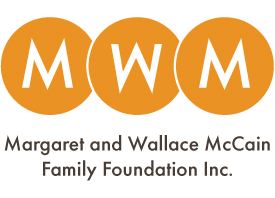
The Conversation, January 25, 2024
Excerpt: "Economists have been increasingly vocal on the fiscal rationale for strategic investments in the early years.
But how to invest wisely?
In 2024, the question is urgent as provinces and territories look to the second half of the Canada-Wide Early Learning and Child Care Agreements (CWELCC) signed in 2021 with a promise of $10-a-day child care, and many scramble to meet the exploding demand for space.
Yet $10-a-day day child care remains a pipe dream for many families.
One leading Canadian economist, Craig Alexander, has presented a strong argument for leaning on the neighbourhood public school in the push to expand early learning.
Free programs for four-year-olds
As an early childhood researcher, I waded into this conversation in 2023 by presenting international evidence for linking early education with the public school system.
Four-year-olds in Ontario, Nova Scotia and the Northwest Territories are students in their neighbourhood schools, enjoying play-based programs with their peers, free of charge.
Many four-year-olds in the rest of Canada — or at least their parents and caregivers — are searching for child-care spaces.
While Ontario, Nova Scotia and the Northwest Territories face challenges with expanding child-care spaces, one thing they’ve gotten right is taking four-year-olds out of the equation by providing them free all-day, school-based programs.
When four- and five-year-old children are provided with a full day of schooling, it can free space in child care for younger children, while strengthening the early years work force through more stable and lucrative employment in neighbourhood schools.
Video about Nova Scotia’s school-based pre-primary program.
Evidence for financial return
In 2010, The Early Years Study 3 profiled a growing economic argument for investments in the early years and identified how this reaps a healthy financial return for governments.
Since then, many Canadian economists continue to provide evidence for this:
- In 2012, Pierre Fortin and colleagues provided empirical evidence for this financial return.
- In 2015, Elizabeth Dhuey joined this argument for the socio-economic rationale of strategic investments in the early years.
- Post-COVID-19, Jim Stanford identified that investing in the early years was imperative to rebuilding the country’s economy.
- Armine Yalnizyan coined the phrase “she-covery” in referencing the importance of child care as countries embark on post-COVID-19 economic recovery.
- And, Gordon Cleveland’s 2021 economic analysis of Ontario’s use of public schools for four-year-olds authored for the Elementary Teachers’ Federation of Ontario concluded school-based four-year-old programs are much more cost-efficient than non-school based programs, and that these bring better educational outcomes for children."
